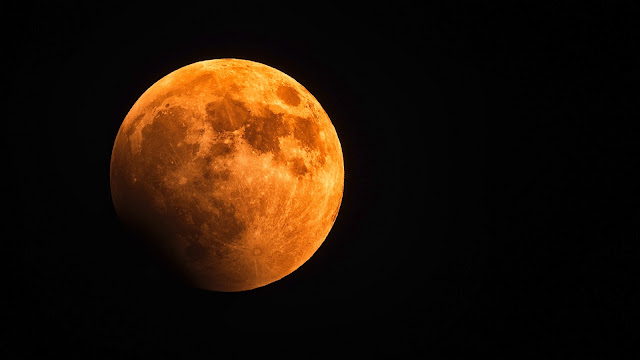439

 |
| Photo by GEORGE DESIPRIS from Pexels |
Water is a valuable resource in deep space, along with being a sign of possible life. There are numerous things that astronauts do in space and water is important for a few among those. It is also essential for astronaut landings, survival, and other purposes such as the production of rocket fuel.
Researchers in China discovered the first signs of the presence of water on the moon’s surface. This was done with help of the data obtained from Chang’E-5 lander’s lunar mineralogical spectrometer (LMS).
Professors LIN Yangting and LIN Honglei of the Chinese Academy of Sciences’ Institute of Geology and Geophysics (IGGCAS) were the ones who made the discovery. The study also included researchers from CAS’s National Space Science Center, the University of Hawai’i at Mānoa, CAS’s Shanghai Institute of Technical Physics, and Nanjing University.
Context images and water content at the Chang’E-5 landing site. Credit: LIN Honglei
This lunar probe landed on one of the youngest mare basalts of the moon, a region located at a mid-high latitude. The Chang’E-5 spacecraft landed on the Moon on 1 December 2020 and returned to Earth with 1,731 kg of samples on 17 December 2020.
The spectrometer on the probe analyzed the layer of unconsolidated solid material and rock before sampling and delivering the lunar soil to earth. This provided a never-before chance to identify water on the lunar surface. According to the results obtained from the spectrometer analysis, the samples from the landing site contain fewer than 120 parts per million of water which is mostly due to solar wind implantation.
The solar wind implants protons (positively charged hydrogen atoms) into the top layers of the lunar soil. The implanted hydrogen diffuses out and interacts with oxygen. Solar wind implantation has been considered to play an essential role in most proposed water formation mechanisms.
A light and vesicular rock, on the other hand, showed substantially greater absorption at 2.85 μm, equal to an estimated 180 ppm of water, implying a second supply of water from the lunar interior.
The findings of chemical and orbital remote sensing investigations reveal that the rock may have been extracted from an earlier basaltic unit and thrown to the landing location of Chang’E-5. As a result of the lower water content of the soil compared to the higher water content of the rock fragment, degassing of the mantle reservoir under the Chang’E-5 landing site appears to have occurred. Mantle degassing is a critical differentiation process on Earth and played a major role in determining Earth’s surface environment.
This result is compatible with the Procellarum KREEP (potassium, rare earth elements, phosphorus) Terrain region’s long-term volcanic eruptions, and it also gives an important geological background for the Chang’E-5 samples’ study.
With such progressive findings, we may look forward to a time when life on the moon is possible. Over the years a lot of things have been sent into space and scientists are trying to find a way to send humans to an alternative world where they can start a living.
The detailed study can be found at Science Advances

